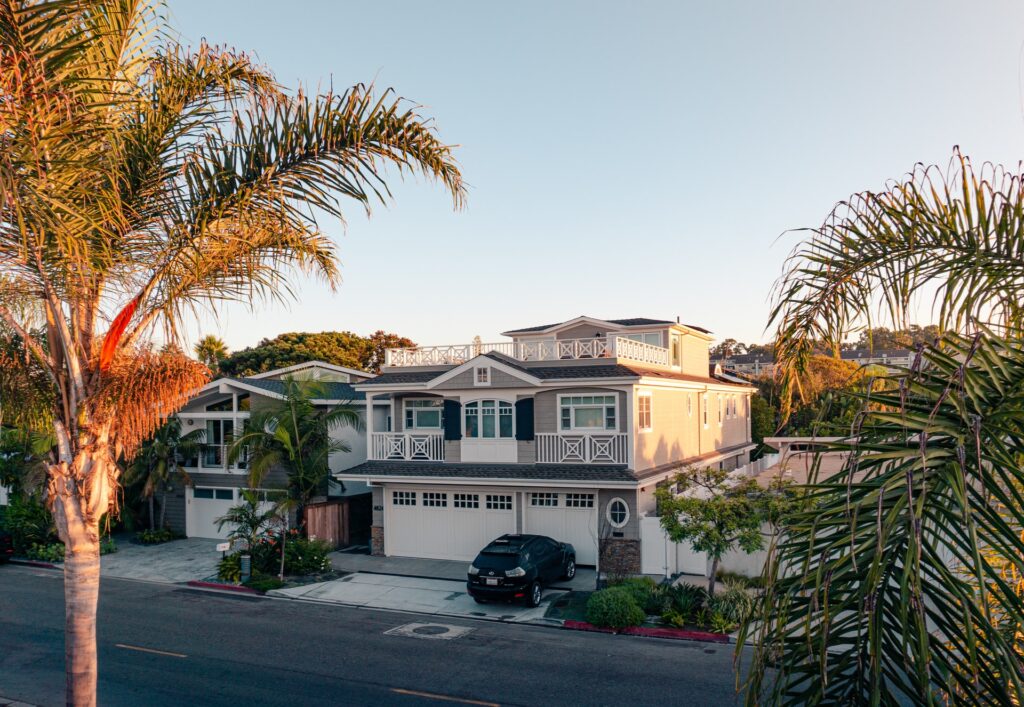As you prepare to buy a house, you might see information about several types of loans to choose from. One is a jumbo loan, which is a mortgage that may be necessary to get if you’re looking at homes that cost more than average in the US. So, what separates a jumbo loan from other types of loans, and when should you get one? Here’s what to know about jumbo loans.
What’s a Jumbo Loan?
Most home loans on the market are called conforming loans, as they conform to the standards set by the Federal Housing Finance Agency (FHFA) when it comes to cost. But jumbo loans do not conform to those standards, as they’re meant for homes that are priced higher than the FHFA allows. As a result, jumbo loans are considered non-conforming loans, making them harder to qualify for.
Why is that? Well, these loans are riskier for lenders to hand out. After all, the average mortgage amount in the US is about $400,000, which conforming loans should cover. In fact, conforming loans are fine for homes up to about $674,000. But if you want to finance more than that amount, you might need a jumbo loan.
More specifically, jumbo loans are ideal for any amount over $674,200, as that’s the conforming limit in most areas. Note that this amount changes slightly year by year, and it increases to about $970,800 in certain high-cost areas—such as Hawaii, Alaska, and some parts of other states. So if you’re thinking about buying a home and would need to get a loan for more than $674,000, check the latest conforming limits to determine if you need a jumbo loan.
How to Qualify for a Jumbo Loan
Jumbo loans require banks to lend a lot of money to buyers, all without backing from the government, making them risky for lenders. Because of this, you should expect to have to meet high standards to qualify for a jumbo loan.
To start, depending on the lender you go with, you must have a credit score of at least 700. Your debt-to-income ratio will typically need to be 43% or lower, and you may need to show that you have enough cash on hand to pay for a year of mortgage payments.
As far as the down payment, you should expect to put at least 10% down—though some lenders require at least 20%. The closing costs may also be slightly higher than they are for conforming loans. But on the plus side, you won’t usually have to pay private mortgage insurance (PMI) on a jumbo loan. And if you shop around, your interest rate may be slightly lower on a jumbo loan than it would for a conforming loan.
Do You Need a Jumbo Loan?
Now that you know what a jumbo loan is, you might be wondering if you really need one. If you think you might have trouble qualifying for one—such as if your credit score is lower than 700 or you won’t be able to put more than 10% down—consider alternatives.
In general, this means making sure the home loan you get is for less than $674,200. Keep in mind that this doesn’t mean the total price of the house has to be less than that—just the amount you finance. So let’s say the house you want costs $750,000, and you plan to put 10% down. That leaves you with a total of $675,000 to finance once you subtract the $75,000 down payment. This is just over the limit for conforming loans, so if you increase your down payment by around $1,000, you can avoid a jumbo loan.
Another way to avoid a jumbo loan is to split it up into a couple of loans, or piggyback loans. For instance, you can get an 80/20 loan, where your first mortgage loan is for 80% of the price, and the second one is for the other 20%. Just note that second mortgages usually have higher interest rates, so you should crunch the numbers before you take this route vs. a jumbo loan or higher down payment.
It’s nice to have the option of a jumbo loan if the house you want to buy is more expensive than average. But know that it’s not your only option. Be sure to shop around with different lenders to get an idea of what you qualify for before you buy a house.


